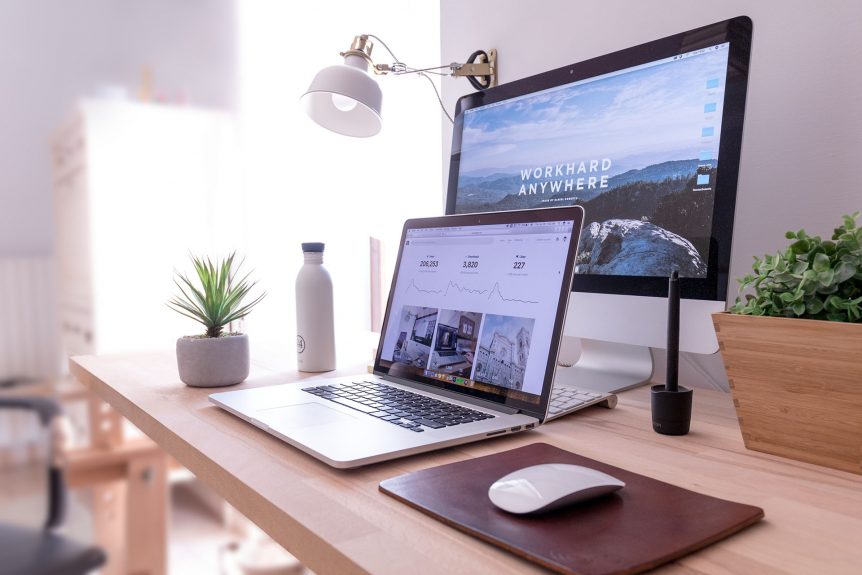Have you ever contemplated the health ramifications of your workstation setup?
It is easy for people to relate tension and aches to their ‘work posture’ but some of the more significant health impacts like cardiovascular health are less obvious as the stress and harm accumulates slowly overtime. As time goes on and we learn more about the impact of the work environment on our health, it has never been more important to establish healthy work habits than now.
The first place to start is the ergonomic setup of your workstation. Below are the critical aspects for you to consider when designing your space for optimal health outcomes.

Chair
- The chair height and back should both be adjustable. The aim is to have your feet a flat on the ground and elbows resting on the desk with 90 degree bend.
- If your desk is high then you may need a foot rest inorder for you upper body to be in the right position. Remember to consider your footwear as different sized heels will impact this.
- Your hips should also be slightly higher than your knees. If setting your elbows at 90 degrees means that your knees are higher than your hips, consider elevating your chair, or try putting a small pillow under your bottom or even tilting the seat if it has that functionality.
- If the chair has armrests they should be short (or adjustable) and able to fit underthe desk. If long armrests prevent you from getting close to the desk then the chair is a no go.
- Adjust the seat back to maintain an upright posture with a natural ‘S curve’ through your spine. If possible choose chair that has a back support that goes into your lumbar spine curve for support.
- Using an exercise ball can be a good alternative allowing low level activity of our spinal stabilising muscles throughout the day. Importantly, this strategy is only useful if you maintain good posture. Sitting poorly on an exercise ball is still sitting poorly.
Keyboard and Mouse
- Position your keyboard and mouse should be straight in front of you with your wrist and forearms supported on the desk. Make sure that your wrists are not forced to bend backwards.
- When your hands are using on the keyboard and/or mouse you should be able to keep shoulders relaxed and elbows resting comfortably straight down from your shoulders.
- The forearms should be horizontal so you wrists are level with or below the elbows.
- A mouse pads with a gel support can help prevent wrist extension.
- Given we are all different shapes and sizes a wireless keyboard and mouse will provide much more adaptability.
Screen
- Your computer screen should be directly in front of where you are sitting.
- Your eyes should be in line with the top of the screen.
- The screen should also approximately arms length away (50-55cms)
- Use your screen settings so you are on the appropriate level of zoom to prevent straining to see.
- Use the 20/20/20 rule. Have regular eye breaks where you look 20 meters away, for a period of at least 20 seconds, repeating every 20 minutes.
Phone
- If possible and available use a headset or earphones. Avoiding holding your phone between your ear and shoulder.
Extra Info
- Like most things it life it is better to be flexible and adaptable with your desk. It is important to be able to move the objects on your desk around depending on the task.
- If you have access to a sit to stand desk, you should follow the same principles as above when it comes to positioning your body.
- If you use a document holder, sit it directly below your screen to reduce the need for repetitive head turning.
One important consideration is that you need to remember to move regularly. Throughout the day frequently walk around and also bend and stretch the joints in your spine and limbs.
Happy work days with your new healthy workstation!!
Marcus
DOWNLOAD YOUR FREE OFFICE ERGONOMIC GUIDE HERE

